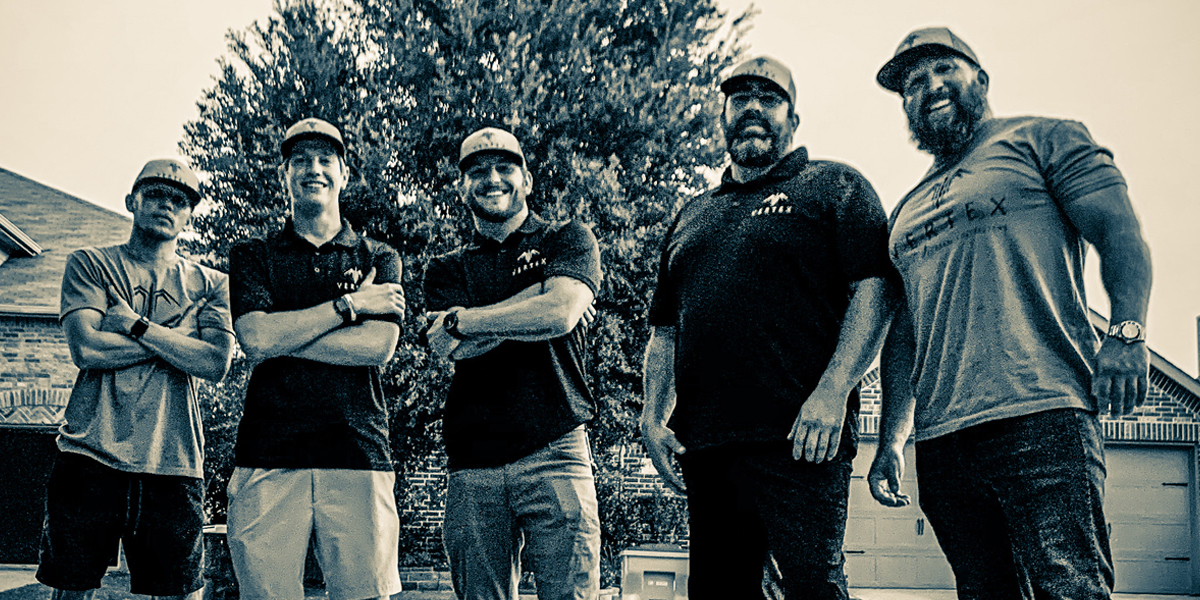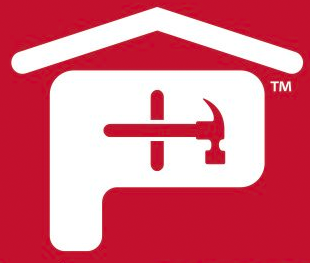

Tips to Avoid Back Pain, On and Off the Roof
Roofing is a physically demanding occupation and back injuries are an unfortunate hazard of the job. Smart bosses understand this risk and take steps to educate their employees about saving their backs, both on and off the roof.
Effective back safety practices have many positive effects: They keep employees healthy, save lost work time and minimize the company’s exposure to expensive workers’ comp claims.
Check out these back-safety tips from roofing companies that make employee health a top concern — and maximize their productivity as a result.
Start with the Core
RK General Contracting (Dover Plains, NY)
Walter Romano, owner of RK General Contracting, has personal experience with a back injury that was nearly career-ending. He learned from the experience and became a devotee of strength training, particularly of the body’s core.
“Your core isn’t just your stomach. It’s the whole mid part of your body,” he explains. “Strengthening that makes you able to lift and carry bundles more easily.”
Romano doesn’t just work on his own body; he strongly encourages his employees to do the same.
“I get them to do basic deadlifts and squats as well as CrossFit. It’s kind of like roofing is basically their time off, and lifting is the hard part of the day,” he laughs.
Romano uses some training videos for his crew, but he doesn’t recommend anything in particular — just any program that teaches basic moves. What does it all boil down to?
“Strengthen your core and do a lot of back exercises. That’s a huge deal,” he says.
Diet and Exercise
Vertex Roofing & General Contractors (Frisco, TX)
Buddy Hull (far right in photo above), the owner of Vertex Roofing & General Construction, is a self-described fitness buff.
“I was a professional powerlifter for quite a period of my life. I tend to gravitate toward people who are into fitness, and I try to influence people to be more physically fit and take care of their bodies,” he says.
Hull’s attitude translates into a physically fit work team that is up to the demands of the job.
“Pretty much everyone on my team is extremely fit. I hold that close to my heart,” he explains.
To Hull, this means that team members are maintaining a proper diet and working out three to five days a week in addition to their on-the-job efforts. While he does not have formal policies, he has created an atmosphere that inspires workers to take care of themselves.
“The majority of the people I’m surrounded with are physically fit. This inspires others to be fit, because they want to fit in,” he says.
“Understand what you can handle and what you can carry. If something is too heavy for you, ask someone else to help you lift it. Particularly as you get older, you need to back off a little bit because your tissues become more brittle, increasing your chances of injury.”
The final piece of the puzzle, says Hull, is hydration. “If you’re on a job site and you’re not drinking north of a gallon of water a day, and also using an electrolyte type beverage to allow your body to obtain and retain some of that water, you’re going to get dehydrated — and nothing forces injury faster than dehydration.”
Equipment and Technique
Kanga Roof (Bristol, PA)
Abe Brooks of Kanga Roof agrees that overall fitness is important, but he places more emphasis on obtaining and using the proper equipment.
“Back in the day, we had to carry rolls up ladders and stairs,” he says. “It was a two- or three-day job, just getting the material up there. But today, you have boom trucks that can put a whole pallet of skids up on a roof. So, No. 1 is making sure you’re properly using the equipment that is out there.”
After the equipment, says Brooks, comes technique. “You need to make sure you’re bending at the knees and launching out of picking things up. Don’t use your back so much.”
To impart this knowledge, Kanga Roof uses a series of safety training videos from the National Roofing Contractors Association (NRCA). The company also provides weekly safety training sessions along with job site safety checks.
“We’re always making sure the things are getting done that should be getting done on a job to make sure everybody’s safe,” he says.
Brooks feels that staying healthy on the job is easier than it used to be.
“When I was young, the only way we could do the roof was carrying rolls up stairs and ladders. I didn’t think about it; there was no way around it,” he recalls. With today’s equipment, though, roofers can take it a lot easier on their backs.
Still, Brooks constantly sees crews doing things the old-fashioned way, which makes him shake his head.
“I’ll still see some guys working that way. They just don’t have the equipment to do it right. Unfortunately, they’re the guys who are getting hurt, creating the workers’ comp liabilities that we have,” he says.
Brooks’ employees, he hopes, won’t be part of the problem. By emphasizing back health, Kanga Roof keeps the work rolling — and the employees healthy and happy.








 Gear!
Gear! PRO LOGIN
PRO LOGIN